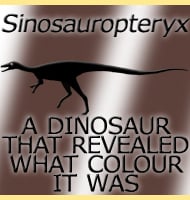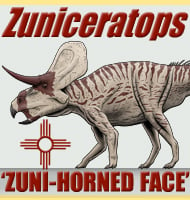Yi
In Depth Yi is certainly one of the more bizarre dinosaurs that were named in 2015. In fact this is reflected in the full type species name of Yi qi which translates to English as ‘strange wing’. This is a reference to how the hands of Yi not only had elongated fingers, but how there … Read more


